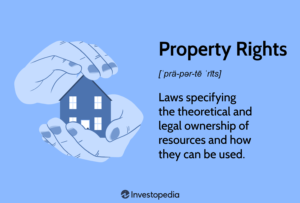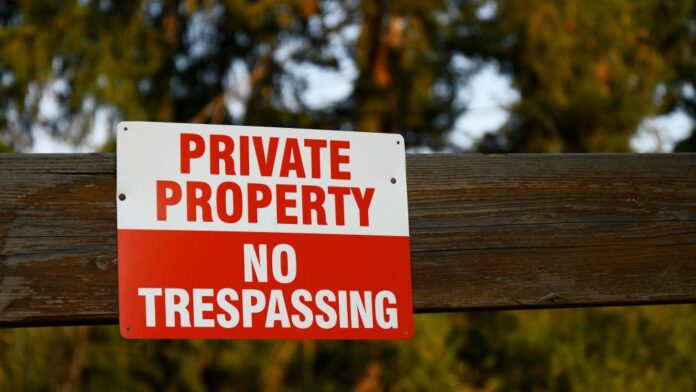
In the ever-evolving landscape of property rights and legal boundaries, understanding trespassing laws is crucial for both property owners and visitors alike. As we navigate the legal terrain in 2024, it’s essential to grasp the nuances of trespassing laws and how they impact property rights. This guide will help clarify what constitutes trespassing, the legal implications, and how to protect your property effectively.
What is Trespassing?
Trespassing involves entering someone else’s property without permission. The definition of trespassing can vary depending on jurisdiction, but generally, it encompasses the following:
- Unauthorized Entry: Walking onto, remaining on, or crossing another person’s property without consent.
- Purposeful Intrusion: Actions taken with the intent to unlawfully access private areas, such as fences or restricted zones.
- Ignoring Warnings: Disregarding ‘No Trespassing’ signs or barriers placed by property owners.
Understanding Property Rights
Property rights are the legal rights to possess, use, and enjoy property. These rights are protected by law, and unauthorized intrusion can infringe upon these rights. Key aspects include:
- Exclusive Possession: The right of property owners to exclude others from their property.
- Use and Enjoyment: The ability to utilize property in ways deemed lawful and beneficial.
- Transfer and Sale: The right to sell or lease the property to others.
Recent Updates in Trespassing Laws for 2024
Recent legislative changes have brought several updates to trespassing laws. Key developments include:
- Enhanced Penalties: Increased fines and potential jail time for repeat offenders or those committing severe violations.
- Digital Trespassing: Legal frameworks addressing unauthorized access to digital property, such as hacking into secured systems.
- Property Marking: Stricter requirements for property owners to clearly mark boundaries and notify potential trespassers.
Legal Implications of Trespassing
Trespassing can have significant legal consequences. These include:
- Civil Suits: Property owners may file civil lawsuits for damages caused by trespassers, including compensation for any harm or loss.
- Criminal Charges: In more severe cases, trespassers might face criminal charges, which can lead to fines or imprisonment.
- Restraining Orders: Property owners can seek restraining orders to prevent repeated unauthorized access.
How to Protect Your Property
To safeguard your property from trespassers, consider the following measures:
- Install Clear Signage: Use visible ‘No Trespassing’ signs to inform individuals that entry is not permitted.
- Erect Barriers: Physical barriers like fences or gates can deter unauthorized entry.
- Monitor Property: Utilize security cameras and motion detectors to keep an eye on your property and record any suspicious activity.
- Legal Documentation: Keep detailed records of any incidents involving trespassing to support legal actions if necessary.
Addressing Trespassing Disputes
If you find yourself involved in a trespassing dispute, it’s crucial to handle it properly:
- Document Incidents: Record the details of each trespassing incident, including dates, times, and descriptions.
- Engage Law Enforcement: Report trespassing incidents to local authorities, especially if they involve threats or damage.
- Seek Legal Advice: Consult with a legal professional to understand your rights and options for addressing the situation.
Conclusion
Navigating trespassing laws in 2024 requires a thorough understanding of property rights and legal implications. By staying informed about recent updates and taking proactive steps to protect your property, you can effectively manage and mitigate the risks associated with unauthorized access. Whether you’re a property owner or a visitor, respecting property boundaries is crucial for maintaining legal and ethical standards.




